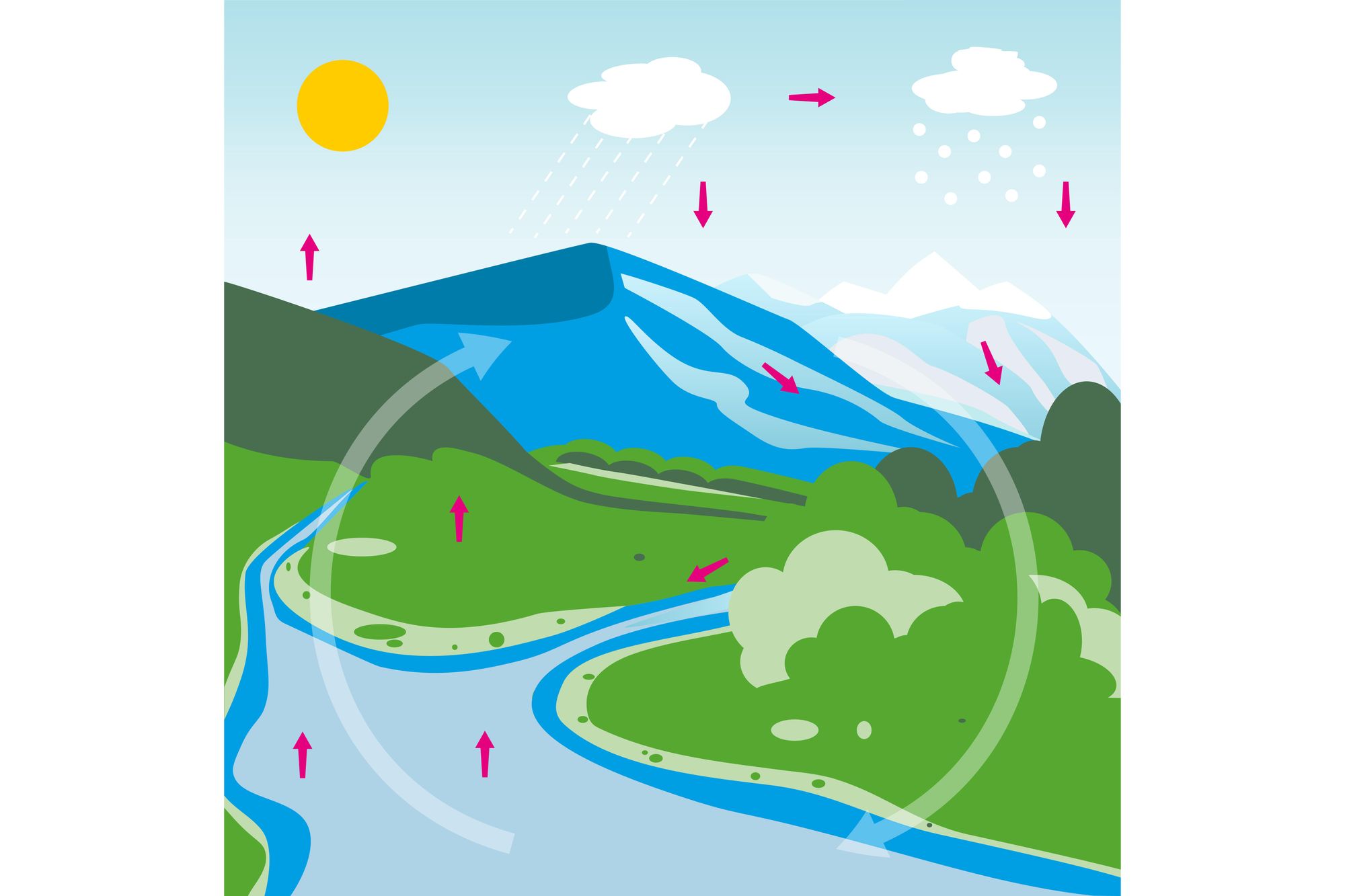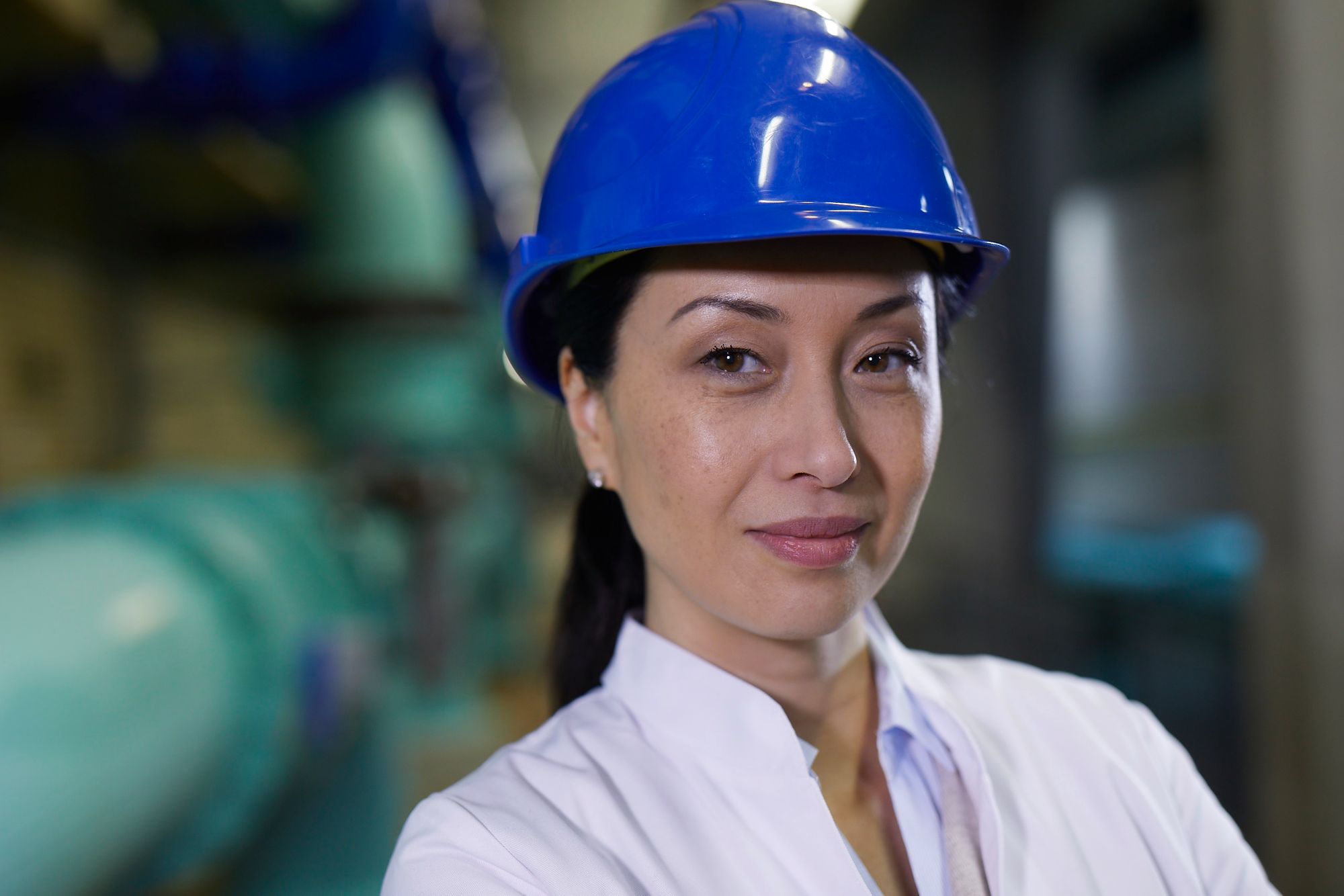Polluted water: what can we do about it?
Only 40 % of European surface waters are in a good ecological state. What can we do to reduce the percentage of polluted water?
Water matters. Water made life on Earth possible. And Earth got its nickname “the blue planet” from the fact that most of its surface is covered by water. Yet, our planet is not as blue as it used to be. Waste, chemicals and plastic frequently swims in water bodies. That’s why the blue appearance of clean water has been tainted. How did it happen that we have such a high number of polluted bodies of water? What are the consequences that can result from polluted water resources? And – most important – what remedies do we have to reduce the percentage of polluted water? Let’s have a closer look at these questions.
Why do we have polluted water bodies?
Water is a very susceptible material. Just one drop of oil can pollute many liters of water. And oil is of course not the only dangerous substance. There are metals, plastics, chemicals and bacteria which can also harm water. How do they get into the water bodies and increase the percentage of polluted water? There are several reasons. It’s mainly due to us humans.
Just one drop of oil can pollute many liters of water.
Water pollution can come from households, farms or factories that discharge polluted water into natural waters. These are the point sources of polluted water. This means that the source can be identified. But we also have to deal with nonpoint (diffuse) source pollution, which we cannot trace back to its origin. For instance, microplastics or flue gases are spread in the air and return to the water during rainfalls. These are typical nonpoint sources of polluted water and they can result from human influence, too (e.g. from traffic exhaust fumes).
What are the dangers of polluted water?
Water bodies are very susceptible to physical, biological and chemical influences. For example, the level of dissolved oxygen is very important for aquatic life. Fish need a certain amount of dissolved oxygen to survive. The oxygen level can get out of balance quickly. In polluted water, there might be too high an amount of oxygen, consuming bacteria that decompose wastes. As a result, the oxygen concentration can then decrease to a threatening level.
This might also happen when polluted water contains nutrients that cause algal blooms. Excessive growth of algae is a frequent cause of oxygen depletion and sudden fish kills. It is harmful for humans, too. And, of course polluted water can be harmful if the pollutant itself is a dangerous substance. This can be acidic chemicals, toxic metals, oils, plastics or bacteria and viruses.

How big has the problem of polluted water already grown?
Talking about polluted water, we need to pay attention to alarming signals. The “European Waters” report of 2018 is such a signal. In this report the European Environment Agency documents its assessment of European waters. The findings are significant: only 40 % of European surface waters are in a good ecological state. (Surface waters are mainly rivers and lakes.) This means that the majority of European rivers don’t have a healthy ecosystem. Pollution is one of the reasons for this bad result.
Only 40 % of European surface waters are in a good ecological state.
The particularly alarming point is that the European Union is already engaged in water quality improvement. In 2000, the EU set up the Water Framework directive which aims at protecting water resources. Despite this, less than half of all rivers and lakes are in a good state. What does it tell us? It means that polluted water has already become a severe problem which is hard to solve.
What are the impacts of polluted water?
Polluted water can cause many problems in many ways. Depending on the type and degree of pollution, people’s health can be damaged by drinking polluted water or bathing in it. Toxic and radioactive pollutants or harmful algal blooms can cause health problems. But not only human beings are endangered.
For aquatic plants and animals, even small disturbances of their ecosystem can become a threat. Too low oxygen levels can cause fish kills. Seabirds and fish can die from eating plastic swimming in the water. And there are many more water quality parameters that can have manifold impacts: pH, conductivity, nitrate, etc. The water cycle can then trigger chain reactions. When one ecosystem gets out of balance, it will affect others. If we don’t want to see major devastation of surface waters, we need to fight water pollution in rivers and lakes right now.
What can we do about polluted water?
The first step towards protecting surface water bodies is identifying polluted water. Today, we are lucky to have intelligent measuring technology for analyzing water quality. Usually, you have to have a look at a bunch of parameters, for instance:
- temperature,
- dissolved oxygen,
- pH,
- conductivity.
Temperatures that are too high and oxygen levels that are too low are dangerous for aquatic life, especially fish. The pH value tells us whether the water might be too acidic. And if you measure a high conductivity, it can be a signal for pollution by chemicals or metals.
Endress+Hauser has developed a complete measuring solution for easily analyzing water quality: Smart System for Surface Water. It measures the decisive parameters all at once. And for the user, it is very convenient to access the measuring data: by smartphone. Once, you have installed the system in a river or lake, the measurements keep on running. Thanks to wireless data transmission, you can view the values on your smartphone wherever you are. This makes Smart System for Surface Water a reliable partner for observing water bodies and detecting polluted water.
Once, you have installed the system in a river or lake, the measurements keep on running.
Having a functioning measuring system is the point where environment protection starts. The system will permanently measure the water quality of the river or lake. Whenever you wish, you can view the measuring data online with your smartphone. And whenever a limit value is exceeded, you will be notified on your smartphone wherever you are. This helps you to be in control of the status of surface water you are observing. Receiving an immediate alarm notification allows you take counteraction in good time.
If you detect a point source of pollution, you might be able to solve the issue, e.g. closing water inlets. Of course, if the polluted water results from nonpoint sources, it is harder to take action. Still, the more monitoring data you have, the better you can evaluate the situation. That’s why authorities in charge of environment protection like using Smart System for Surface Water.
How can we reduce polluted water?
In a long-term perspective, individual counteractions won’t tackle the problem of polluted water at the root. In order to improve the state of our surface waters, we need to stop pollution before it happens. For this purpose, the United Kingdom, for instance, launched the “Love Water” campaign in 2019. It is supposed to increase people’s awareness of how vulnerable our water resources are. Recommendations on how to protect water by changing habits will be part of the program.
Of course, legislation also has a great responsibility for environmental issues. Expanded directives for factories and farms on how to treat surface water, are frequently discussed – not only in the EU. Let’s see how the situation of rivers and lakes will develop and if polluted water can be reduced.



